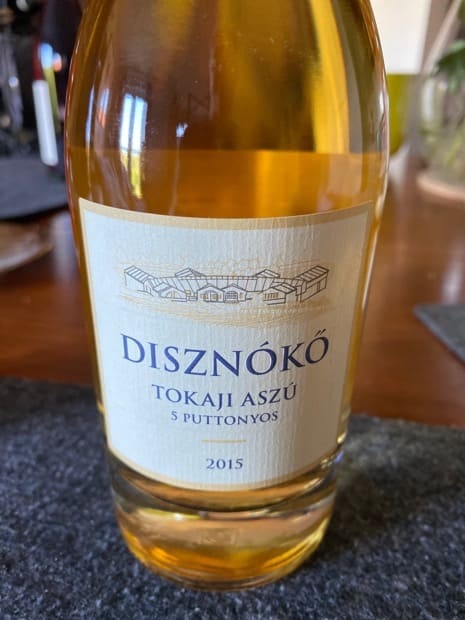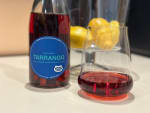WSET3 Palate Notes
Tastes Like:
Gamay, a favorite for many wine enthusiasts, is celebrated for its vibrant fruitiness, refreshing acidity, and versatility. Predominantly grown in the Beaujolais region of France, Gamay produces wines that are perfect for any occasion, from everyday drinking to special celebrations.
What you can expect to taste and smell?
Primary Flavours & Aromas
Gamay wines are known for their bright red fruit aromas, including cherry, raspberry, and strawberry, often accompanied by floral notes of violet and hints of banana and bubblegum from carbonic maceration.
Cool vs. Warm Climate
Cool Climate: In cooler climates, Gamay retains higher acidity and showcases vibrant red fruit flavors with a pronounced minerality.
Warm/Hot Climate: In warmer climates, the fruit flavors become more intense and ripe, sometimes with a hint of spice. Gamay ripens well in cool climates, making it particularly suited to regions like Beaujolais.
Appellations / Producers of Note
Gamay is most famously grown in the Beaujolais region of France, but it is also found in other parts of France such as the Loire Valley, as well as in Switzerland and increasingly in regions like Oregon and Australia.
Appellations: The most notable appellations for Gamay are the Beaujolais Crus, including Morgon, Moulin-à-Vent, Fleurie, and Brouilly.
Producers: Prominent producers include Domaine Foillard, Château Thivin, and Marcel Lapierre, all of which are renowned for their exceptional Gamay wines.
Age-worthiness
Gamay wines are best enjoyed young, within a few years of the vintage, to appreciate their fresh fruitiness and lively acidity.
While most Gamay wines are not intended for long-term aging, some cru Beaujolais wines, particularly from Morgon and Moulin-à-Vent, can develop greater complexity with a few years of cellaring.
First Published: Monday, Jun 10, 2024 Last updated: Mar 12, 2025
If you're a wine enthusiast like me ... follow my adventures, learn about grapes or winemaking.
read more





